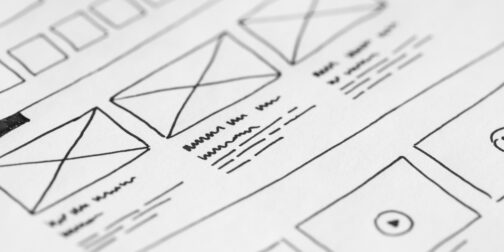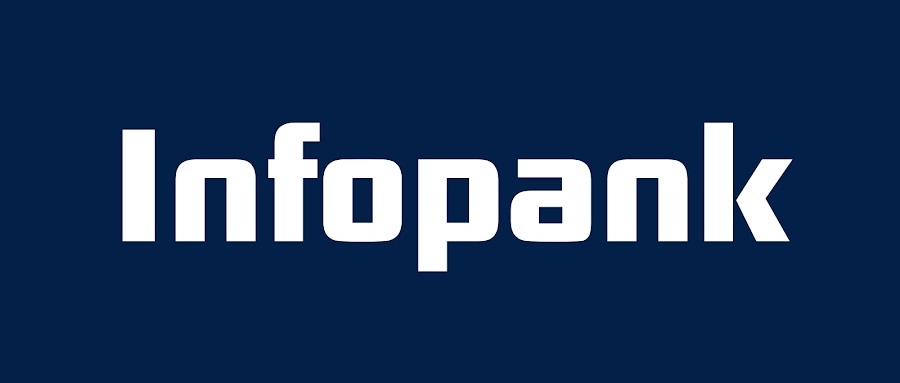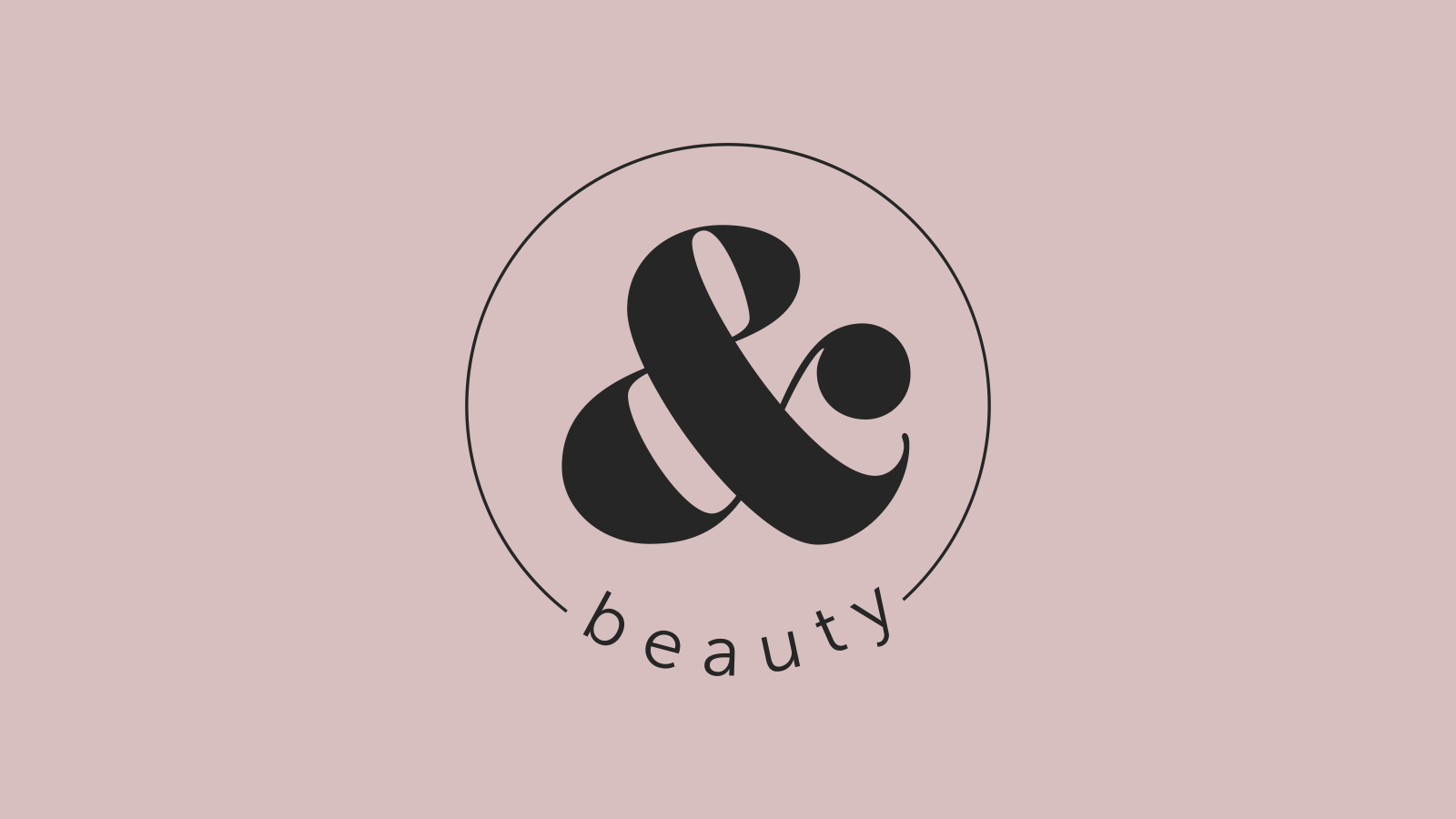5 UI and UX Trends to Look Out For in the Near Future
As with fashion, baby names, or pumpkin spice lattes, UI and UX design trends come and go, and what might have been the norm a year or so ago, seems outdated and old today. So, what’s “in” at the moment, what’s on its way out and what does the future hold when it comes to designing UIs and user experiences…


As with fashion, baby names, or pumpkin spice lattes, UI and UX design trends come and go, and what might have been the norm a year or so ago, seems outdated and old today. So, what’s “in” at the moment, what’s on its way out and what does the future hold when it comes to designing UIs and user experiences in general?
As should be obvious, this isn’t a manual for creating modern-looking and snappy UIs. Rather, it is a snapshot of some of the trends we are currently seeing on the market and which we think should be considered. Of course, each application is unique and design for the sake of design is something that should be avoided – in the end, the main consideration should be providing the end-user with what they need.
But, this tangent aside, here are some of the UI and UX design trends we think should be kept in mind when considering options for your applications, websites or -stores, or anything else that needs to look nice.
Illustrations are making a comeback
Illustrations are something that come and go. Today they are making a comeback in a big way, both in static form and as animated 3D objects. The benefits of using illustrations are plentiful, ranging from adding visual interest to your front-end, helping with branding and brand image, but also helping your customers understand your product and value proposition a little bit better.
When working with illustrations, you should make sure that they match your overall aesthetic, aren’t too overwhelming, and are used sparingly. You don’t want to make your product look like a picture book, as such it’s worth using illustrations only in places where they could have the greatest impact. If you can’t reasonably explain why the illustration is there, then throw it out.

Thumb first navigation
Mobile-first design is something that everyone’s heard of, but with the ever-growing use of mobile devices, it’s now complemented by the thumb-first navigation principle. In essence, it’s a UX design principle that enables the user to use their thumb for most of the navigation within the UI – be it menus, search bars, links, or whatever else you can imagine.
However, this principle is something that should be adopted gradually, as was recently demonstrated by Apple with its redesign to Safari. Users are still getting used to this new paradigm, so you can expect some initial pushback if your customers aren’t expecting it.
Text-heavy UIs are out of style
The days of filling your UI to the brim with information and text are well and truly behind us. With each passing day, UIs are getting lighter and lighter, meaning that negative space is being used to its true potential. Alongside making the information easier to grasp, it also forces marketers to focus on the most important selling points for their products, and as such lessening the burden on the customer.

Focus on prettiness
There was a time where mediocre or just plain ugly UI was sufficient to achieve what a company wanted to achieve. However, this is rapidly changing, and focusing on overall pleasant aesthetics is becoming more important with each passing day. As such, the trends are moving towards creating sexy and sparkling front-ends that are an experience on their own.
Inspired by this, many smaller trends are appearing, ranging from ultra-large text, using real photos, as well the use of bright and harmonious color palettes. These smaller trends will come and go every half a year or so, but the overall focus on creating eye-catching and aesthetically pleasant designs is something that will stick around for a while.
A change in mentality
Among other trends listed here that focus purely on the UI and UX itself, another larger trend is appearing when it comes to commissioning design work. Even a couple of years ago it was fairly common for the UI and UX work to be ordered by someone who had no connection to the application itself, nor had any experience in evaluating the quality of the work. This, however, is changing, with product teams themselves acting as the client instead of procurement departments and upper management.
This means that the process as a whole is far more efficient, both in terms of spending and the amount of time spent sending concepts back and forth. The closer to the drenches the final deciders, people whose opinion truly matters, and the people who truly understand the underlying needs and wants of the end-users, the better the final result.
Want to join our team? Take a look at our open positions. We’re looking forward to hearing from you!
Can we help you as well? Get in touch with us! We’d love to talk.
Get in touch
We have your back when it comes to web development, giving you the freedom to focus on building and growing your company.

More posts
-
 Opus 15: How a Small Team Became a Leading E-Commerce Developer in EstoniaThis year marks a major milestone for the development company Opus – 15 years since it began operations. CEO Margus Eha reflects on the company’s journey and how it grew from a small team into a powerhouse in the Estonian e-commerce landscape. When Opus launched 15 years ago, the focus was mainly on PHP development […]Read more
Opus 15: How a Small Team Became a Leading E-Commerce Developer in EstoniaThis year marks a major milestone for the development company Opus – 15 years since it began operations. CEO Margus Eha reflects on the company’s journey and how it grew from a small team into a powerhouse in the Estonian e-commerce landscape. When Opus launched 15 years ago, the focus was mainly on PHP development […]Read more -
 Faster and More Flexible: Infopank Gets a Cost-Effective, High-Tech MakeoverÄripäev’s Infopank is a critical tool for many entrepreneurs, offering in-depth financial data and business relationship insights. However, the platform was in need of a refresh: it was difficult to use on mobile devices and suffered from slow loading times. Thanks to a collaboration between Uptime and Opus, a brand-new version of Infopank has been […]Read more
Faster and More Flexible: Infopank Gets a Cost-Effective, High-Tech MakeoverÄripäev’s Infopank is a critical tool for many entrepreneurs, offering in-depth financial data and business relationship insights. However, the platform was in need of a refresh: it was difficult to use on mobile devices and suffered from slow loading times. Thanks to a collaboration between Uptime and Opus, a brand-new version of Infopank has been […]Read more -
 Andbeauty e-commerce platformOverview for building an Andbeauty e-business from ground up. We provide an overview of the planning, development and after support. Added customer feedback.Read more
Andbeauty e-commerce platformOverview for building an Andbeauty e-business from ground up. We provide an overview of the planning, development and after support. Added customer feedback.Read more
